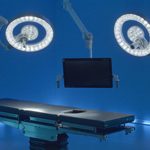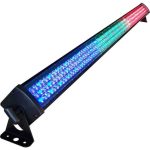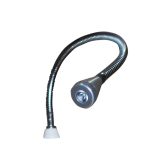DIY Guide: How to Make a Power Supply for LED Lighting Easily
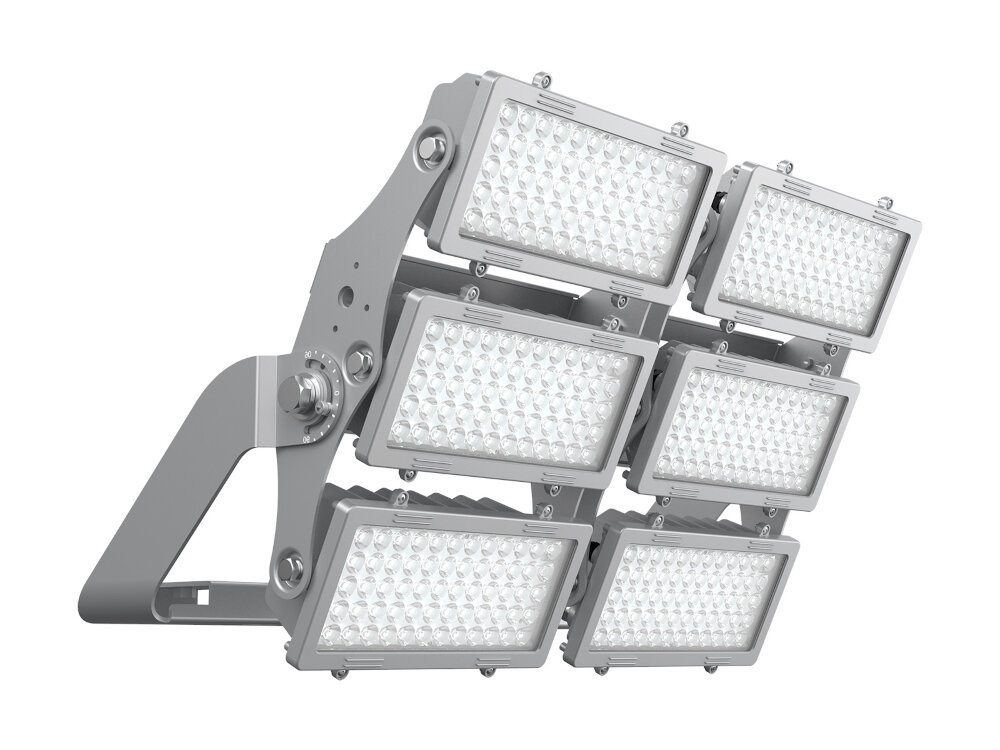
In the world of LED lighting, having a reliable and efficient power supply is crucial. While you can easily purchase one from a store, building your own power supply can be a fun and rewarding project. Not only will it save you money, but it will also allow you to customize the power supply to your specific needs. In this DIY guide, we will walk you through the process of making your own power supply for LED lighting easily. Before we dive into the details, it is important to note that working with electricity can be dangerous if you do not take the necessary precautions. Make sure to wear appropriate safety gear, such as gloves and safety glasses, and work in a well-ventilated area. Additionally, be sure to turn off the power source before working on any electrical components. With that said, let’s get started on creating a power supply for LED lighting that is both safe and effective.
The power supply is a critical component for LED lighting as it regulates and controls the amount of power that flows to the LED chips. Without a proper power supply, LEDs can malfunction, flicker or even burn out due to voltage fluctuations. Moreover, an inefficient power supply can lead to higher energy consumption, reduced lifespan of the LEDs and increased heat production. Therefore, selecting the right power supply is essential for ensuring optimal performance and longevity of LED lighting systems. A DIY project for making a power supply for LED lighting is a fantastic idea as it allows for customization and can be cost-effective. Additionally, it can be a fun and educational activity that enables individuals to learn more about electronics and gain practical skills.
Materials Needed
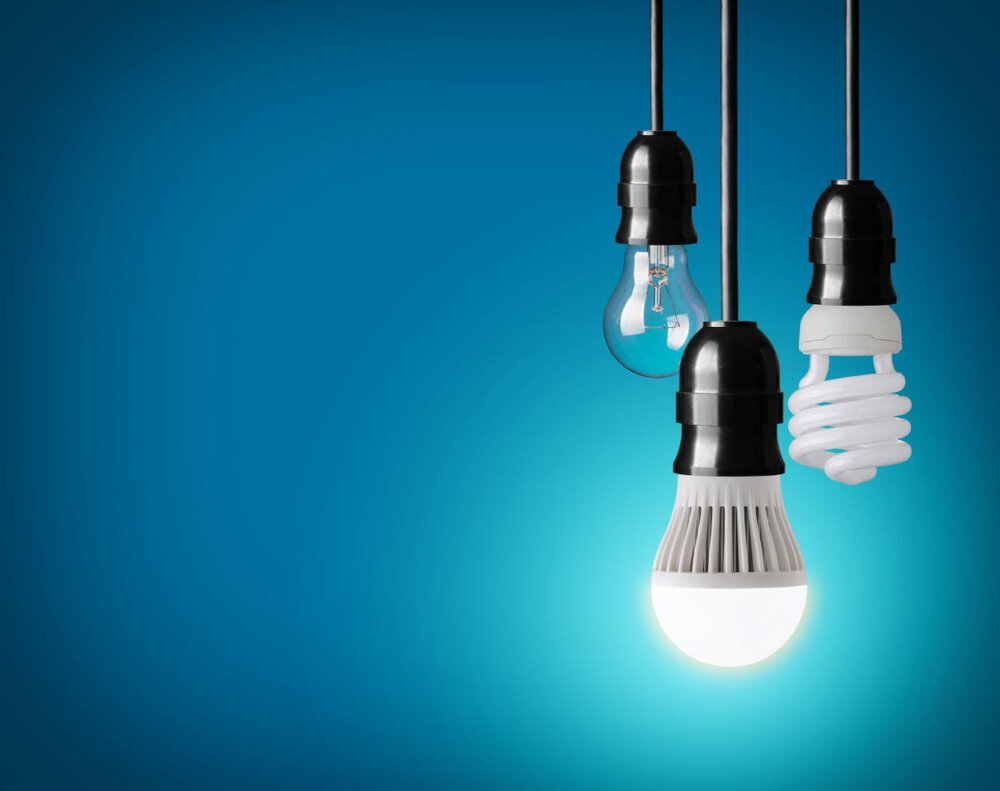
When it comes to making a power supply for LED lighting, there are a few key materials that you will need to ensure success. First and foremost, you will need a transformer. This is an essential component that will help you convert the AC power from your wall outlet into the DC power that your LED lights require. It is important to choose a transformer that is appropriate for your specific needs, as different types of LEDs may require different voltages and amperages. In addition to a transformer, you will also need a bridge rectifier, which will help you convert the AC power into DC power. This component is crucial for ensuring that your LED lights receive a steady and reliable source of power. Another important material that you will need when making a power supply for LED lighting is a capacitor. This component will help you smooth out the DC power that is coming from your bridge rectifier, preventing any fluctuations or spikes that could damage your LED lights. You may also need a resistor, which can help you regulate the voltage and current of your power supply. Finally, you will need a heat sink to help dissipate the heat that is generated by your power supply components. This is especially important if you are using high-powered LED lights or if you plan to use your power supply for extended periods of time. By gathering all of these materials and following the proper steps, you can create a reliable and efficient power supply for your LED lighting needs.
To make a power supply for LED lighting, you will need several essential tools and components. First and foremost, you will require a transformer to convert the AC voltage to DC voltage. Along with that, you will need a rectifier to convert AC voltage to DC voltage, a smoothing capacitor to reduce the voltage ripple, and a voltage regulator to maintain a constant voltage output. Additionally, you will need a soldering iron, solder wire, wire strippers, pliers, and a multimeter to measure voltage and current. Finally, a heat sink, a PCB board, and a case to house the circuit and protect it from external damage are also necessary components. Having all these tools and components is vital to ensure the proper functioning and safety of the power supply for your LED lighting project.
Understanding the Circuit

Understanding the circuit is crucial when it comes to making a power supply for LED lighting. A power supply is essentially a device that converts the incoming electrical power into a usable form for the LED lights. There are two types of power supplies commonly used for LED lighting: constant voltage and constant current. A constant voltage power supply provides a fixed voltage output regardless of the load, while a constant current power supply maintains a constant current output regardless of the load. It is important to choose the right type of power supply based on the specifications and requirements of the LED lights being used. The circuit for a power supply typically includes components such as a transformer, rectifier, capacitor, voltage regulator, and current regulator. The transformer is used to step down the incoming AC voltage to a lower level, while the rectifier converts the AC voltage to DC. The capacitor is used to smooth out any fluctuations in the DC voltage output. The voltage regulator is used to maintain a constant voltage output, while the current regulator is used to maintain a constant current output. It is important to select high-quality components and ensure proper assembly and wiring to ensure safe and efficient operation of the power supply.
The power supply circuit is an essential component in any electronic device that requires a constant and reliable source of power. It works by converting the AC voltage from the mains supply into a DC voltage suitable for powering the connected device. The basic principles of the power supply circuit involve the use of a transformer to step down the voltage, rectification to convert AC to DC, filtering to smooth out the ripples in the DC output, and regulation to maintain a constant voltage. The circuit may also incorporate additional features, such as surge protection and overcurrent protection, to ensure safe and reliable operation. By understanding the basic principles of the power supply circuit, DIY enthusiasts can easily create their own power supply for LED lighting and other electronic devices.
Building the Power Supply
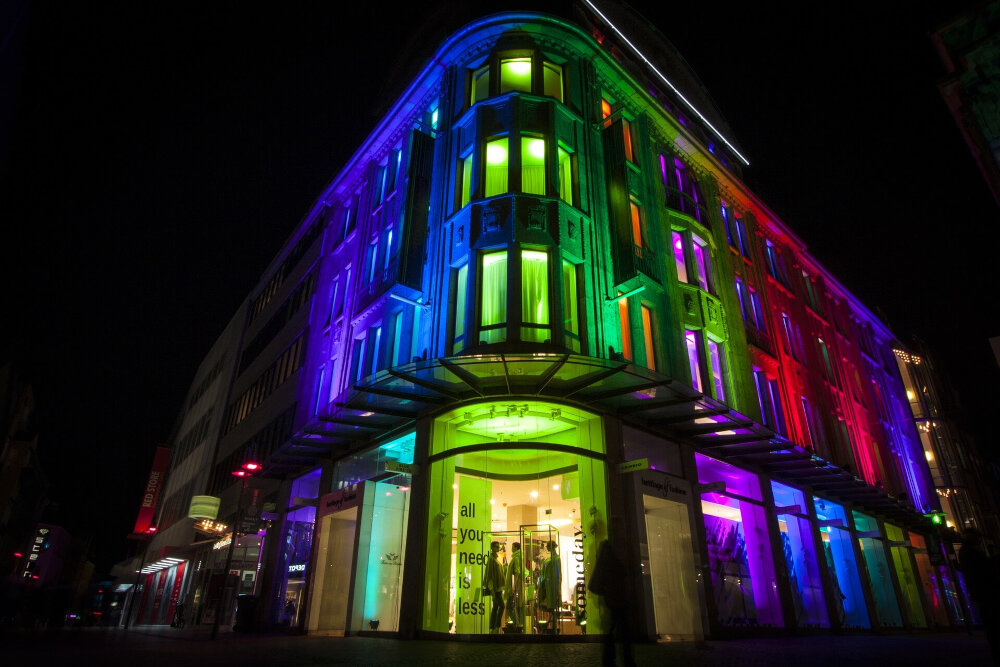
Building a power supply for LED lighting may seem like a daunting task, but with the right tools and knowledge, it can be done easily. The first step is to gather all the necessary components, including a power transformer, bridge rectifier, filter capacitors, voltage regulator, and heat sink. It is important to select components that are compatible with each other and can handle the required load. Once all the components have been gathered, they can be assembled on a circuit board using soldering techniques. The final product should be carefully tested to ensure it is functioning properly and can safely power the LED lighting. It is important to note that building a power supply for LED lighting requires a certain level of electrical knowledge and expertise. If you are not familiar with electrical components and wiring, it is recommended to seek guidance from a professional. Additionally, safety precautions should always be taken when working with electricity, such as wearing protective gear and ensuring the power is turned off before beginning any work. By following these guidelines, you can create a power supply for LED lighting that is both efficient and safe.
To build a power supply for LED lighting, you will need a few essential materials, such as a transformer, bridge rectifier, smoothing capacitor, and voltage regulator. First, connect the transformer’s primary winding to an AC source, and the secondary winding to the bridge rectifier. Next, connect the smoothing capacitor across the DC output of the bridge rectifier to eliminate any ripple in the output voltage. Solder a voltage regulator to a heat sink and connect it to the output of the smoothing capacitor. Finally, connect the output of the voltage regulator to the LED lighting load, ensuring that the polarity is correct. Be sure to take appropriate safety precautions while handling electrical components and use a multimeter to verify your connections. With these steps, you can easily make a power supply for LED lighting.
Testing and Troubleshooting
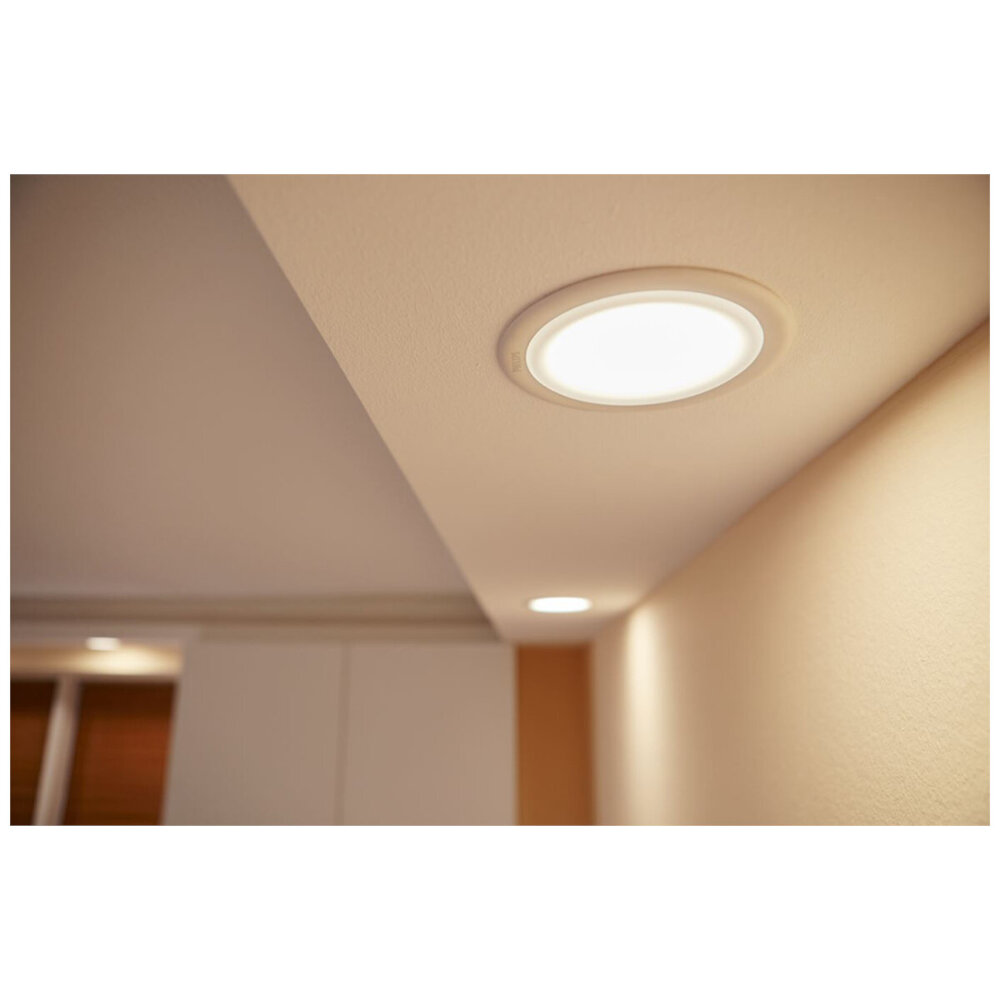
Testing and troubleshooting are crucial steps in the process of making a power supply for LED lighting. After assembling the power supply, it is important to test it to ensure that it is functioning properly. To test the power supply, a multimeter can be used to measure the voltage and current output. The voltage and current readings should match the specifications of the LED lights that will be powered by the supply. If there are any discrepancies in the readings, adjustments may need to be made to the power supply to ensure that it is providing the correct output. Additionally, it is important to test the power supply under load to ensure that it can handle the required current without overheating or shutting down. If any issues are encountered during testing, troubleshooting may be necessary. Troubleshooting involves identifying and resolving any problems with the power supply. Common issues include incorrect wiring, faulty components, or insufficient power output. To troubleshoot the power supply, it may be necessary to disassemble it and inspect each component for damage or defects. If a faulty component is identified, it may need to be replaced. Additionally, the wiring should be checked to ensure that it is connected properly and that there are no loose connections. Through thorough testing and troubleshooting, any issues with the power supply can be identified and resolved, ensuring that it is safe and reliable for powering LED lighting.
Testing the power supply is an essential step in troubleshooting any issues that may arise when making a power supply for LED lighting. One of the simplest ways to test the power supply is by using a multimeter to measure the voltage output. The voltage should be within the range specified by the power supply’s specifications. It is also important to check for any loose connections or damaged wires that may be causing the issue. Another effective troubleshooting method is to test the power supply with a load, such as an LED light strip, to ensure that it is providing enough power to the device. By following these tips, you can quickly identify and resolve any issues with your power supply, ensuring that your LED lighting system operates smoothly and efficiently.
A power supply for LED lighting is a smart investment for anyone who wants to save money on their electricity bill and reduce their carbon footprint. Not only are LED lights more energy-efficient than traditional bulbs, but they also last longer, which means less time and money spent on maintenance. However, it is essential to prioritize safety when undertaking a DIY project like this. Working with electricity can be dangerous, and taking shortcuts or neglecting safety precautions can lead to serious injury or even death. Always follow proper safety procedures, use the right tools and equipment, and double-check your work to ensure that everything is connected properly and securely. By doing so, you can enjoy the benefits of your own homemade power supply for LED lighting without putting yourself or others at risk.
Conclusion

In conclusion, creating your own power supply for LED lighting is an achievable and cost-effective DIY project. By following the steps outlined in this guide, you can easily build a power supply that meets your specific lighting needs. With a little bit of effort and attention to detail, you can save money and have the satisfaction of knowing that you built your own power supply. Moreover, this DIY project is an excellent opportunity to learn about electronics, hone your skills, and explore your creativity. So, why not give it a try and light up your space with your own handmade power supply for LED lighting?

